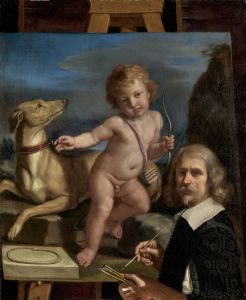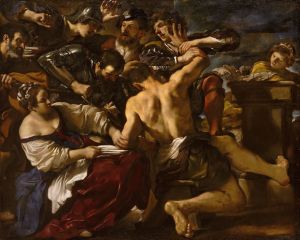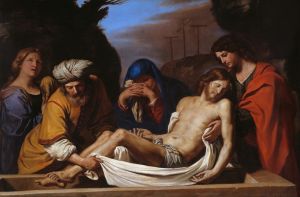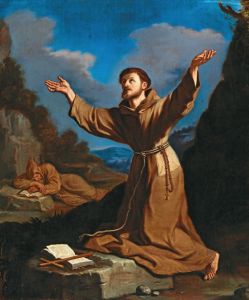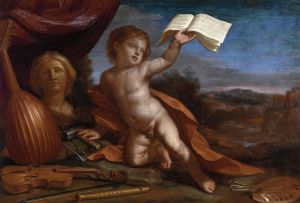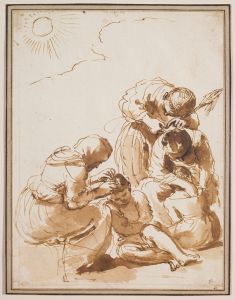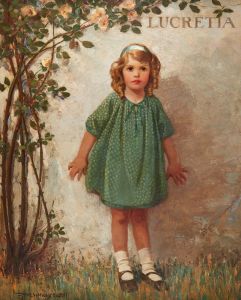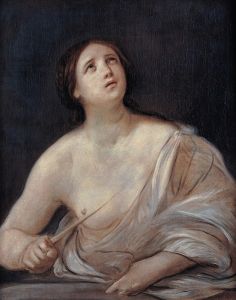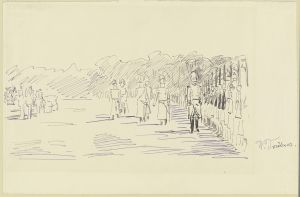
Death of Lucretia
A hand-painted replica of Guercino’s masterpiece Death of Lucretia, meticulously crafted by professional artists to capture the true essence of the original. Each piece is created with museum-quality canvas and rare mineral pigments, carefully painted by experienced artists with delicate brushstrokes and rich, layered colors to perfectly recreate the texture of the original artwork. Unlike machine-printed reproductions, this hand-painted version brings the painting to life, infused with the artist’s emotions and skill in every stroke. Whether for personal collection or home decoration, it instantly elevates the artistic atmosphere of any space.
"Death of Lucretia" is a painting by the Italian Baroque artist Giovanni Francesco Barbieri, commonly known as Guercino. Created in 1640, this artwork depicts the tragic story of Lucretia, a figure from Roman history and legend. The painting is an example of Guercino's mastery in combining dramatic narrative with emotional intensity, hallmarks of the Baroque style.
The subject of the painting, Lucretia, is a legendary figure whose story is recounted by ancient Roman historians such as Livy. According to the legend, Lucretia was a noblewoman who was assaulted by Sextus Tarquinius, the son of the last king of Rome. After the assault, Lucretia revealed the crime to her family and, in an act of defiance and to preserve her honor, took her own life. Her death became a catalyst for the overthrow of the Roman monarchy and the establishment of the Roman Republic.
In Guercino's depiction, Lucretia is shown at the moment of her death, holding a dagger. The composition focuses on her figure, emphasizing her emotional state and the gravity of the moment. The artist employs dramatic lighting and rich color contrasts to heighten the emotional impact of the scene. Lucretia's expression and posture convey a sense of both sorrow and resolve, capturing the complexity of her character and the significance of her act.
Guercino's use of chiaroscuro, a technique that contrasts light and shadow, is particularly evident in this work. The lighting draws attention to Lucretia's face and the dagger, underscoring the central themes of the painting. The background is kept relatively simple, ensuring that the viewer's focus remains on the figure of Lucretia and the emotional weight of the narrative.
The painting is housed in the Galleria Nazionale d'Arte Antica in Rome, Italy. It is considered one of Guercino's significant works, reflecting his ability to convey powerful stories through his art. The "Death of Lucretia" not only showcases Guercino's technical skill but also his sensitivity to the human condition, making it a poignant representation of a legendary historical event.
This artwork continues to be studied and appreciated for its artistic and historical significance, as well as its place within the broader context of Baroque painting.





